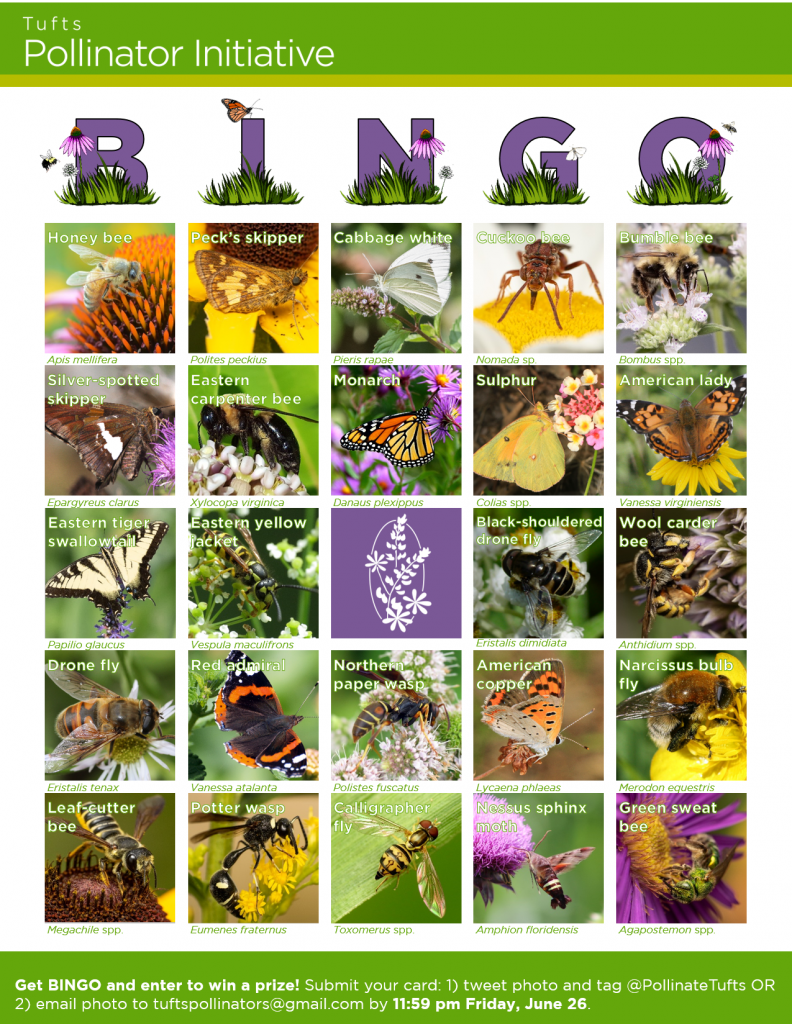Over the past few months, TPI members have hard at work sifting through and analyzing the data we collected in summer 2020. Each week, three times per week, we identified the flowering plants in our gardens and counted flower-visiting insects. We’ve summarized the diversity of plants and insects found in our gardens on two new webpages: Plant Diversity and Pollinator Diversity. In short…
Our gardens contain more than 20 species each of native wildflowers. At least one species was blooming in our gardens each week between May and October. Some of the most popular native wildflowers of pollinators and humans alike are wild bergamot (Monarda fistulosa), culver’s root (Veronicastrum virginicum), blazing star (Liatris scariosa), new york ironweed (Vernonia noveboracensis), and new england aster (Symphyotrichum novae-angliae). Do you have any of these plants in your garden?

Our gardens attracted over 115 species of insect pollinators. Some of those insects found food in our gardens: six different bumble bee species (Bombus spp.) collected pollen from sunflowers, sand wasps (Bembix americana) hunted flies, and gray hairstreak caterpillars (Strymon melinus) browsed on mountain mint. Other insects made their home in our gardens: furrow bees (Halictus sp.) and leaf-cutter bees (Megachile sp.) nested in the bare soils. Our gardens are just two years old and already they are supporting more insects than we could have imagined! We can’t wait to see what we find during our surveys in 2021.





